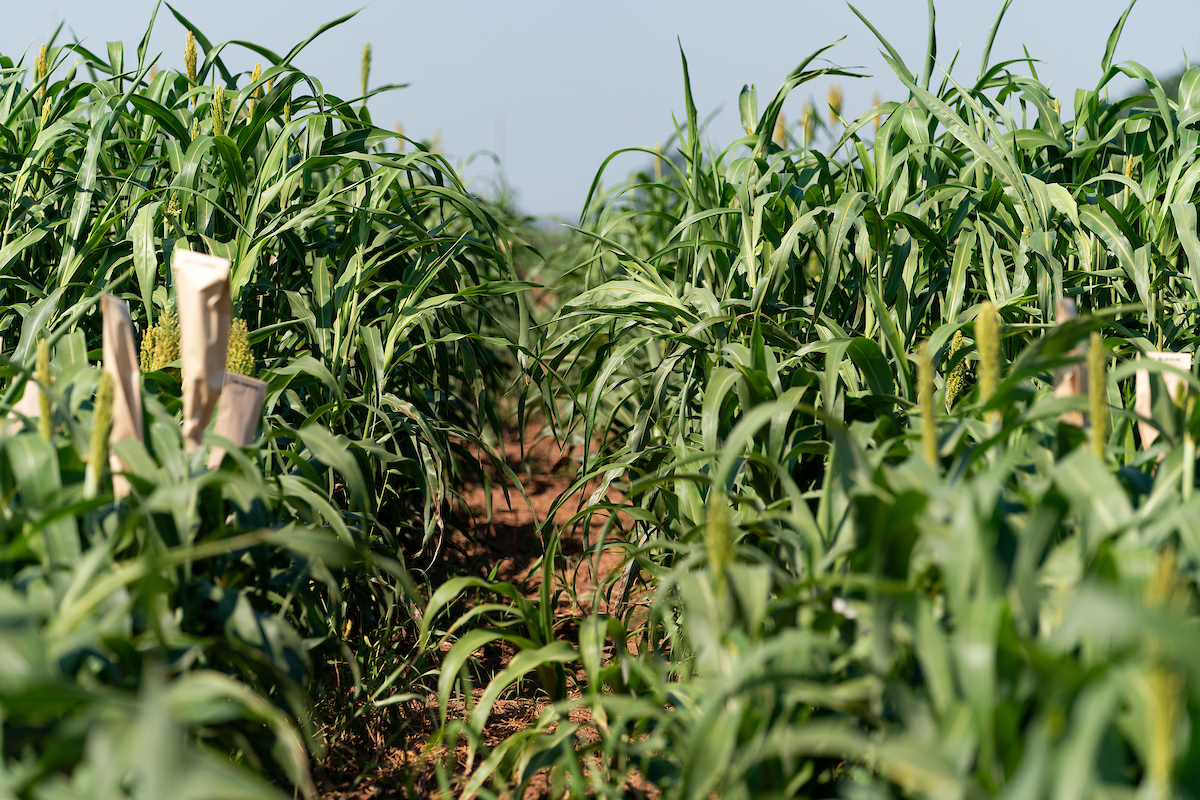Valley grain sorghum growers likely to face rough year with pests
WESLACO — Experts say South Texas grain sorghum growers could be in for a rough year controlling pests and would benefit from attending the Preventive Sugarcane Aphid Conference for Sorghum Growers of the Rio Grande Valley.

The conference will be from 8 a.m. to noon April 14 at the Texas A&M AgriLife Research and Extension Center at Weslaco, 2415 E. U.S. Highway 83. Registration begins at 8 a.m. with talks to begin at 9 a.m.
Those attending will be eligible for 1.5 Texas Department of Agriculture continuing education units in integrated pest management.
Dr. Raul Villanueva, a Texas A&M AgriLife Extension Service entomologist in Weslaco, said growers will likely have a season-long battle with insect pests, especially sugarcane aphids, sorghum midge and cutworms.
“We’re already finding sugarcane aphids on Johnson grass and volunteer sorghum plants,” Villanueva said. “That means sugarcane aphid populations are more established than in years past. And that means populations will be well dispersed throughout the Valley. Populations will appear early this year and spread rapidly.”
Plentiful rainfall and soggy fields in the area have created another issue for sorghum growers, Villanueva said. Planting has not been synchronized, with growers planting as field conditions allow. Some planted in early February while others will continue to plant through mid-April, resulting in sorghum growing at various stages of development.

“Sorghum midge problems are usually a late-season pest issue treated with pyrethroids,” Villanueva said. “When the entire crop is at a mature stage, this is not a problem. But this year pyrethroids on late-stage sorghum will kill off beneficial insects on sorghum still in younger stages of growth. And that will result in larger populations of sugarcane aphids, headworms and others.”
Headworms, which feed on the valuable grain seeds, were a problem last year for growers in the Corpus Christi and Victoria areas, but not in the Rio Grande Valley, Villanueva said.
“Cutworms could also be an issue because the effectiveness of the grain sorghum seed treatment that manages populations of cutworms and aphids, including sugarcane aphids, will disappear after six to eight weeks. For the early planted sorghum, that treatment is no longer effective,” he said.
All of which means growers could greatly benefit from the information to be presented April 14, Villanueva said.
“Growers need to learn the latest research on new tools and tactics that have been developed to control the pests we’ll be dealing with this year,” he said. “For example, there are now two registered pesticides for sugarcane aphid control that growers need to know about. We’ll also have experts on hand to discuss biocontrol strategies and sorghum cultivars with resistance to greenbugs, which are closely related to sugarcane aphids.”
Speakers and topics include:
— Vidal Saenz, AgriLife Extension farm advisor, Edinburg: “Outreach of U.S. Department of Agriculture-Farm Service Agency Loan Programs.”
— Villanueva and Danielle Sekula-Ortiz, AgriLife Extension integrated pest management agent, Weslaco: “Sugarcane Aphid Update; What Do We Need to Do in 2015?”
— Dr. J.P. Michaud, Kansas State University entomologist, Manhattan, Kansas: “Natural Enemies of Sugarcane Aphid in Sorghum; What Can We Expect?”
— Dr. Scott Armstrong, U.S. Department of Agriculture-Agricultural Research Service, Stillwater, Oklahoma: “Using Greenbug Resistant Sorghums for Cross-Resistance to Sugarcane Aphids.”
The conference will end with a question and answer session. For more information, contact Villanueva or Sekula-Ortiz at 956-968-5581; Dr. Enrique Perez, AgriLife Extension agent in Cameron County, at 956-361-8236; or Brad Cowan, AgriLife Extension agent in Hidalgo County, at 956-383-1026





